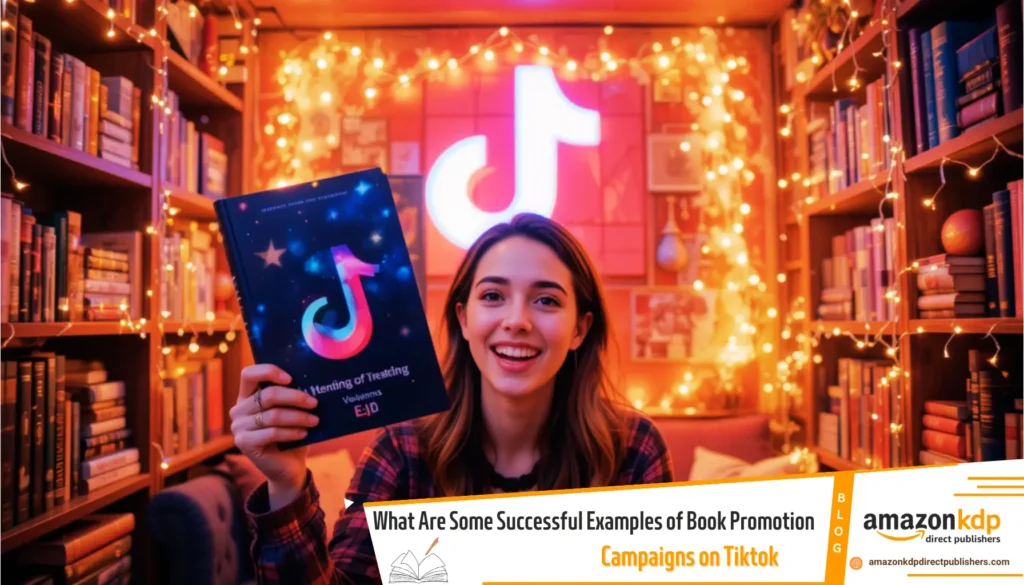Successful Book Descriptions: How to Craft Engaging Summaries That Sell
Creating successful book descriptions is an essential skill for any author or publisher looking to attract readers. A compelling book description serves as a mini sales pitch, capturing interest and persuading potential buyers to make a purchase. Whether you’re writing for fiction, non-fiction, or self-help, tailoring your description to the genre and audience is crucial. Below, we explore how to craft engaging book descriptions for different genres.
What Are the Key Elements of a Successful Book Description?
Before diving into genre-specific strategies, let’s look at key elements that make a book description stand out:
- A strong hook: The first sentence should grab attention.
- Emotional connection: Readers should feel intrigued or emotionally invested.
- Genre alignment: The tone and content should reflect the book’s style.
- Clear stakes: Readers need to understand what’s at risk or what they’ll gain.
- Concise but compelling language: Avoid unnecessary details and keep it engaging.
Crafting the Perfect Book Description by Genre
1. Mystery & Thriller: Build Suspense and Intrigue
Mystery and thriller book descriptions should create tension and curiosity. Readers should feel compelled to uncover the truth alongside the protagonist.
Example:
“A quiet town, a deadly secret, and one woman who won’t stop until she finds the truth. But as she digs deeper, danger lurks in the shadows. Can she survive long enough to expose the lies?”
Tips:
Use powerful, suspenseful words like “danger,” “secrets,” and “unravel.”
Introduce a mystery or question that demands an answer.
Keep the stakes high to build urgency.
2. Romance: Evoke Emotion and Passion
Romance readers crave emotion and connection, so your book description should highlight the chemistry between characters and the emotional stakes involved.
Example:
“She vowed never to love again. He was determined to prove her wrong. When fate brings them together, sparks fly—but can they overcome their pasts to find their happily ever after?”
Tips:
Use words that evoke deep feelings like “heartwarming,” “forbidden,” and “irresistible.”
Show the push-and-pull dynamic between the love interests.
End with a question or tease to keep readers intrigued.
3. Science Fiction & Fantasy: Immerse Readers in a New World
For sci-fi and fantasy, world-building is just as important as the story itself. Your book description should transport readers to a unique universe while keeping the plot intriguing.
Example:
“In a world where magic and machines coexist, one rebel must rise to stop a war that could destroy everything. But to succeed, she must uncover secrets buried for centuries—before time runs out.”
Tips:
Introduce the world’s unique elements early on.
Keep the language vivid and immersive.
Highlight the central conflict and protagonist’s journey.
4. Non-Fiction & Self-Help: Offer a Clear Benefit
Non-fiction readers are looking for solutions, insights, or knowledge. Your description should quickly establish what the book will teach them and how it can improve their lives.
Example:
“Struggling to break bad habits? In this step-by-step guide, discover proven techniques to rewire your mind and unlock your full potential. Start your journey toward lasting success today!”
Tips:
Address the reader’s pain points and needs.
Use bullet points if listing key takeaways.
Keep the language direct and motivational.
5. Travel: Inspire Adventure and Exploration
Travel books should spark wanderlust and transport readers to new destinations. Vivid descriptions help potential readers visualize the journey.
Example:
“From the sun-soaked streets of Rome to the hidden gems of Tokyo, this guide will take you on an unforgettable adventure. Packed with expert tips, insider secrets, and must-visit spots, your dream trip starts here.”
Tips:
Use sensory-rich language to paint a picture.
Highlight unique experiences or destinations.
Appeal to emotions like curiosity and excitement.
Final Thoughts: Write to Convert Readers into Buyers

A successful book description is more than just a summary—it’s a powerful marketing tool. By tailoring your descriptions to fit the genre, using compelling language, and creating emotional connections, you can increase book sales and captivate your target audience. Whether you’re writing about thrilling mysteries, heartwarming romances, or transformative self-help, a well-crafted description will ensure your book stands out.
Start experimenting with your descriptions today and watch your books attract more readers!
Frequently Asked Questions (FAQs)
1. Why is a book description important?
A book description is crucial because it serves as a marketing tool that persuades readers to buy the book. A well-crafted description grabs attention, sets expectations, and highlights what makes the book unique.
2. How long should a book description be?
A typical book description should be between 150-250 words. It should be concise yet compelling, giving readers enough information to spark interest without overwhelming them.
3. What are common mistakes in book descriptions?
- Using vague or generic language.
- Giving away too much of the plot.
- Failing to highlight the book’s unique appeal.
- Not matching the description’s tone to the genre.
4. How can I make my book description more engaging?
To make your book description more engaging:
- Start with a strong hook.
- Use powerful, descriptive language.
- Focus on emotions and stakes.
- End with a cliffhanger or intriguing question.
5. Should I include keywords in my book description?
Yes, including relevant keywords can improve your book’s visibility in search results, making it easier for potential readers to find your book online.






